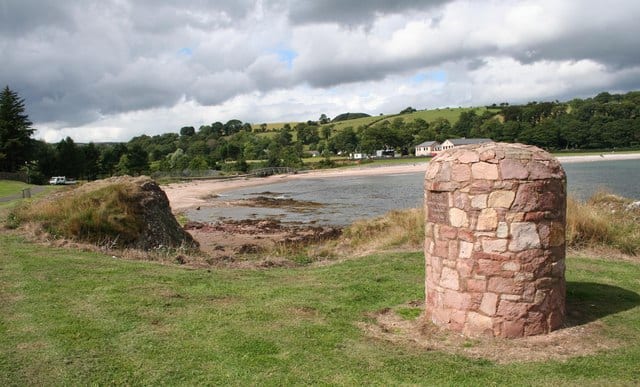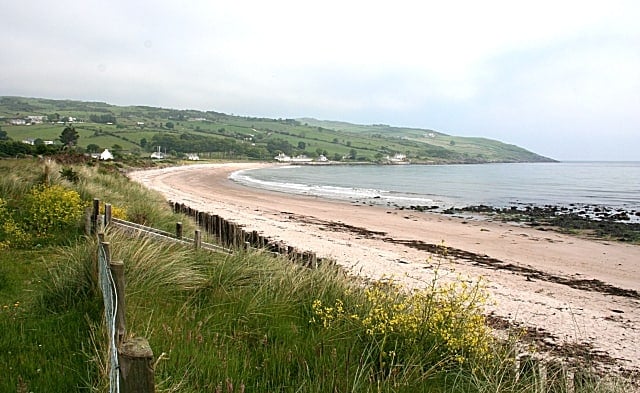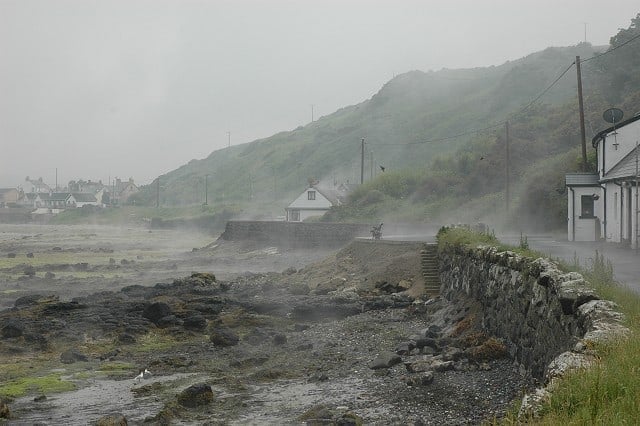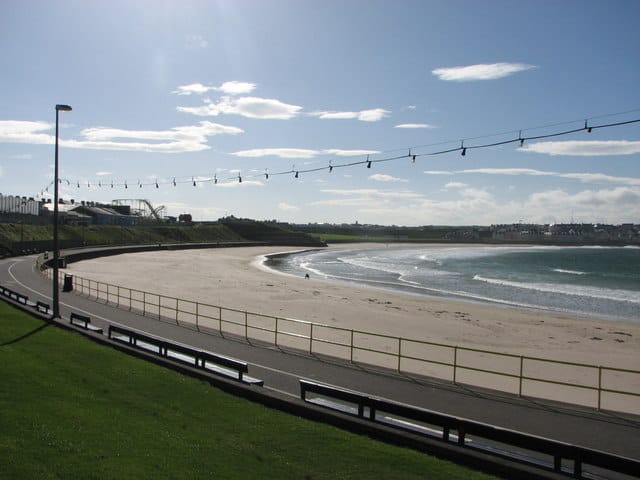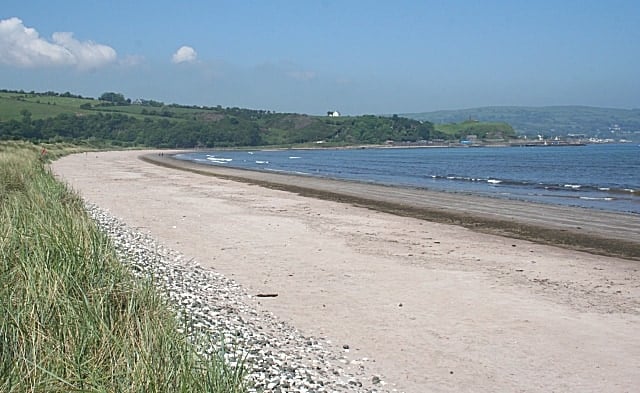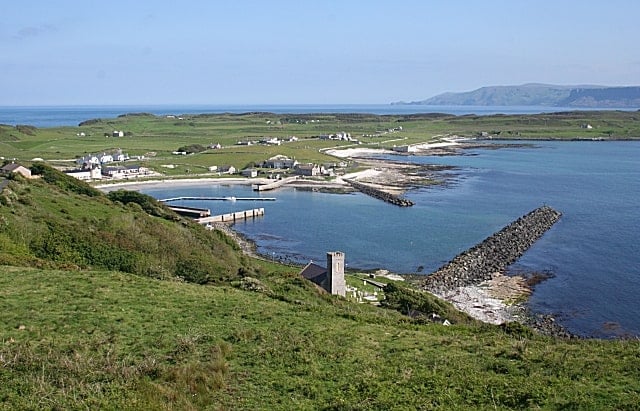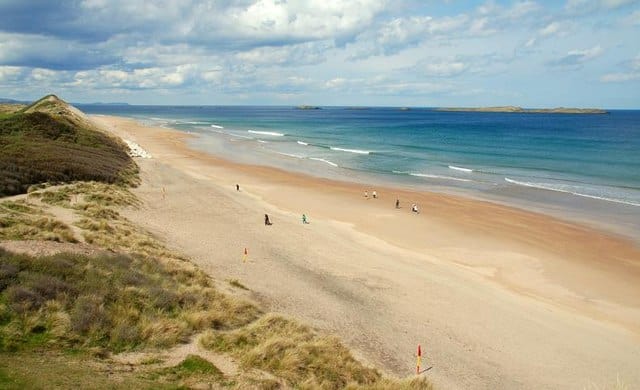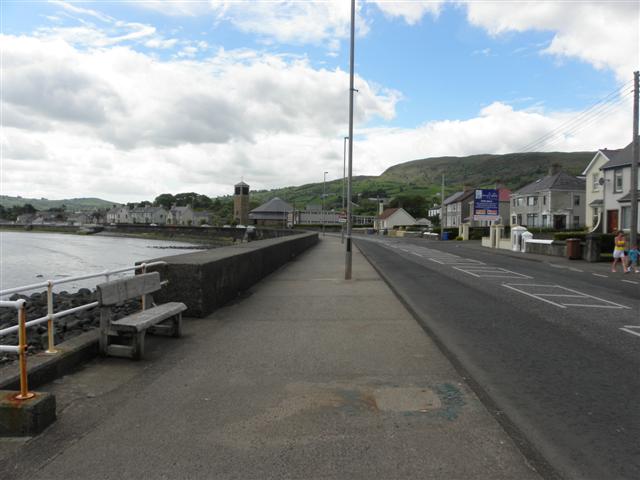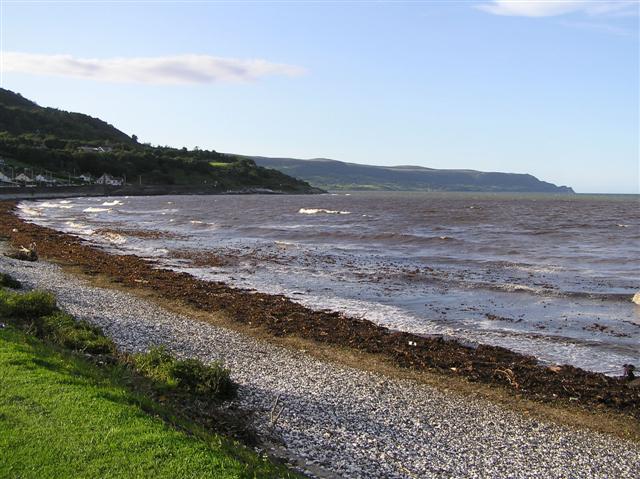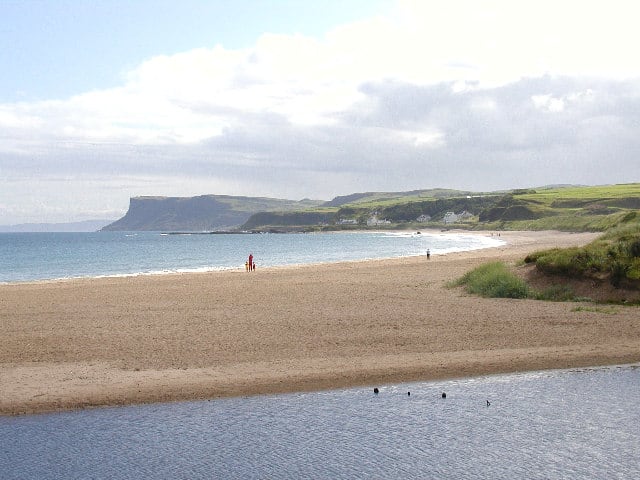Beaches Map
Loading...
No Records Found
Sorry, no records were found. Please adjust your search criteria and try again.
Maps failed to load
Sorry, unable to load the Maps API.
Popular Beaches
Showing Beaches 1-12 of 13
Cushendall beach is a sandy beach within Cushendall Bay, backed by grassland and a golf course. The Glenaan River enters Read more…
Place Tags: Beaches
Cushendun beach is a sandy beach with some pebbles and rocks with a grassy area between the coast road and Read more…
Place Tags: Beaches
Brown’s Bay is a sandy beach at the northern tip of Islandmagee a peninsula located between the towns of Larne Read more…
Place Tags: Beaches and Seaside Awards
White Park Bay is a brilliant family sandy beach ideal for sandcastles, picnics, lazing in the sun and walks. White Read more…
Place Tags: Beaches
Portrush West Strand beach is a sheltered sandy beach in the town next to the harbour. Watersports include windsurfing, canoeing Read more…
Place Tags: Beaches and Blue Flag Awards
Runkerry Strand beach, also known as Bushfoot Strand and Blackrock Strand, is 1.2 km long with a general north-east/south-west shoreline Read more…
Place Tags: Beaches
Waterfoot is a long sandy beach in the bay with 2 piers; one is in ruin, while the other is Read more…
Place Tags: Beaches, Dog Friendly and Seaside Awards
Rathlin Island has endless beaches, it’s six miles long and one mile wide and you’ll enjoy finding out more about Read more…
Place Tags: Beaches
Portrush Whiterocks Beach is backed by long white limestone cliffs that have been carved into arches and caves that fascinate Read more…
Place Tags: Beaches and Blue Flag Awards
Carnlough Beach is within the small fishing village of Carnlough in County Antrim. It’s a dog-friendly sandy beach with good Read more…
Place Tags: Beaches, Dog Friendly and Seaside Awards
Glenarm beach is within a sheltered sandy bay. To one end of the beach separated by a bridge over the Read more…
Place Tags: Beaches
Ballycastle beach is over a kilometre long and overlooks the Mull of Kintyre. It’s a sandy beach whose backdrop is Read more…
Place Tags: Beaches and Seaside Awards
Showing Beaches 1-12 of 13

